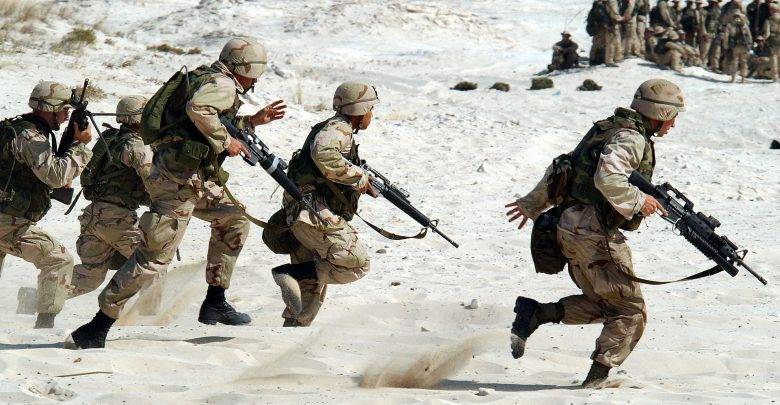Though bioprinting technologies are steadily advancing, uses for bioprinters have largely been limited to laboratory settings. Though this research-focused side of bioprinting is essential, there are a handful of efforts that are aiming to take bioprinting beyond the lab. For instance, there is a growing trend to bring bioprinting to space led by companies such as 3D Bioprinting Solutions, Allevi, CELLINK and nScrypt.
Interestingly, Florida-based nScrypt is now also partaking in a joint project that aims to take bioprinting out of the lab for applications here on Earth. Specifically, it is working with the U.S. Military, the Uniformed Services University 4D Bio3 Program, RoosterBio Inc, and the Geneva Foundation to make a bioprinting system fit for forward-deployed military positions.

As part of the innovative bioprinting initiative, nScrypt is customizing its BioAssembly Tool (BAT) bioprinter—which incidentally is scheduled to be sent to the ISS this month—to create a lightweight, ruggedized printer that is encased in a protective cover, which will ensure that the bioprinting process is unaffected by the challenging conditions the machine is placed in.
The adapted bioprinter—called an “austere bioprinter,” will be shipped to an undisclosed, forward-deployed military location for ten weeks, along with RoosterBio’s Ready to Print human bone marrow-derived mesenchymal stem/stromal cells (MSCs). On location, the bioprinter and materials will undergo experiments and evaluations in a desert environment.
The experiments will be led by LTC Jason Barnhill of the U.S. Military Academy’s Department of Chemistry and Life Science and will include such tests as printing plastic medical models, bioprinting MSC tissue constructs and next-gen wound bandages.
The ultimate goal with the bioprinting project is to make it a viable technology for soliders in the field for creating wound-healing biologics, bandages, stents and bandage/biosensors. One of the main advantages of sending bioprinters to forward-deployed military positions is that these medical devices could be produced on demand and on-site or near the point of care.
Moreover, this capability could also lead to reduced expenses associated with expensive logistics, warehousing, refrigeration and shipping for medical supplies. As the parnters say: “Bioprinting only what the soldier needs, where it is needed, and when it is needed, is expected to improve outcomes and reduce overall costs of advanced medicine for our warfighter.”
Source: 3dprintingmedia.network


